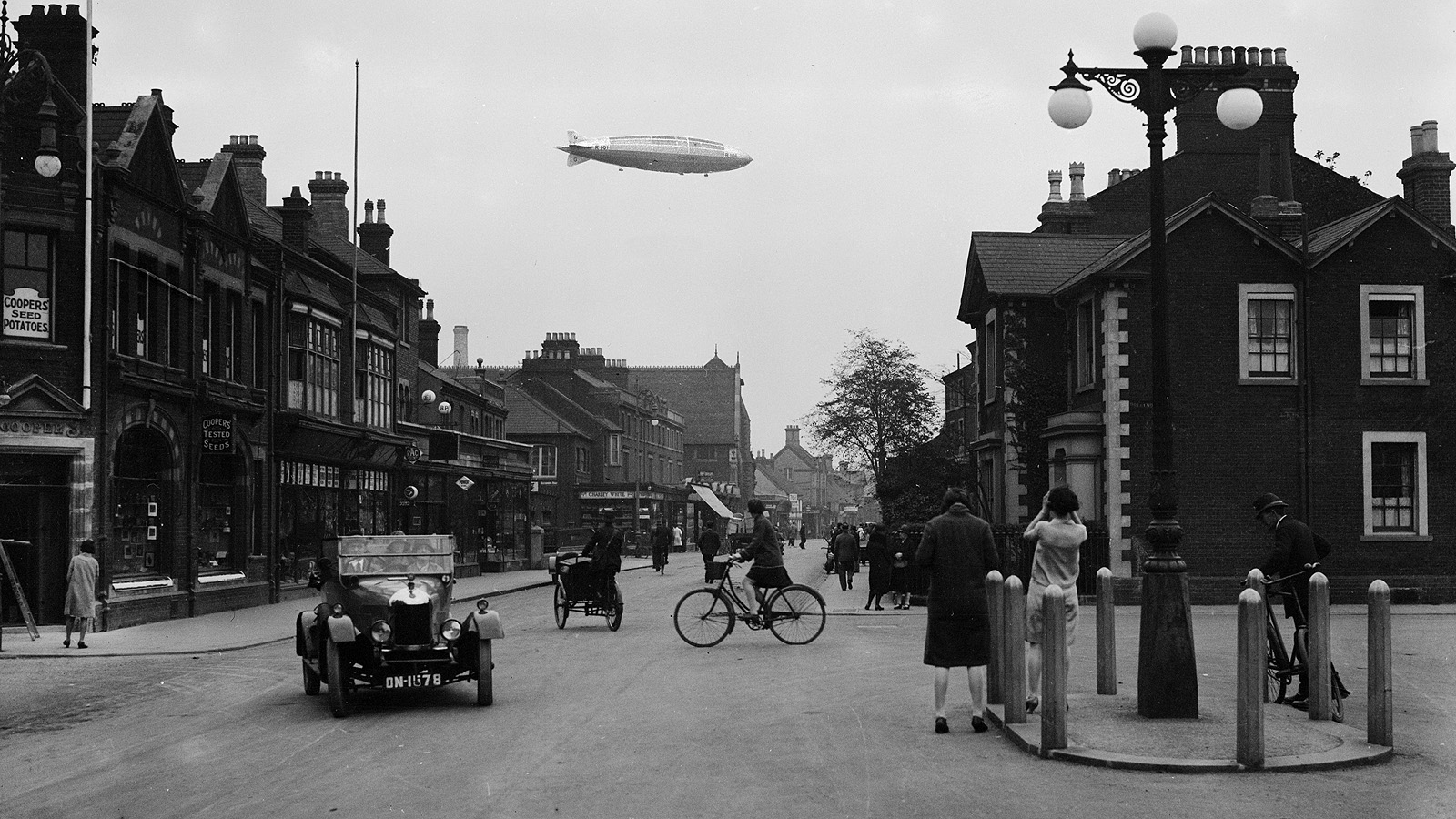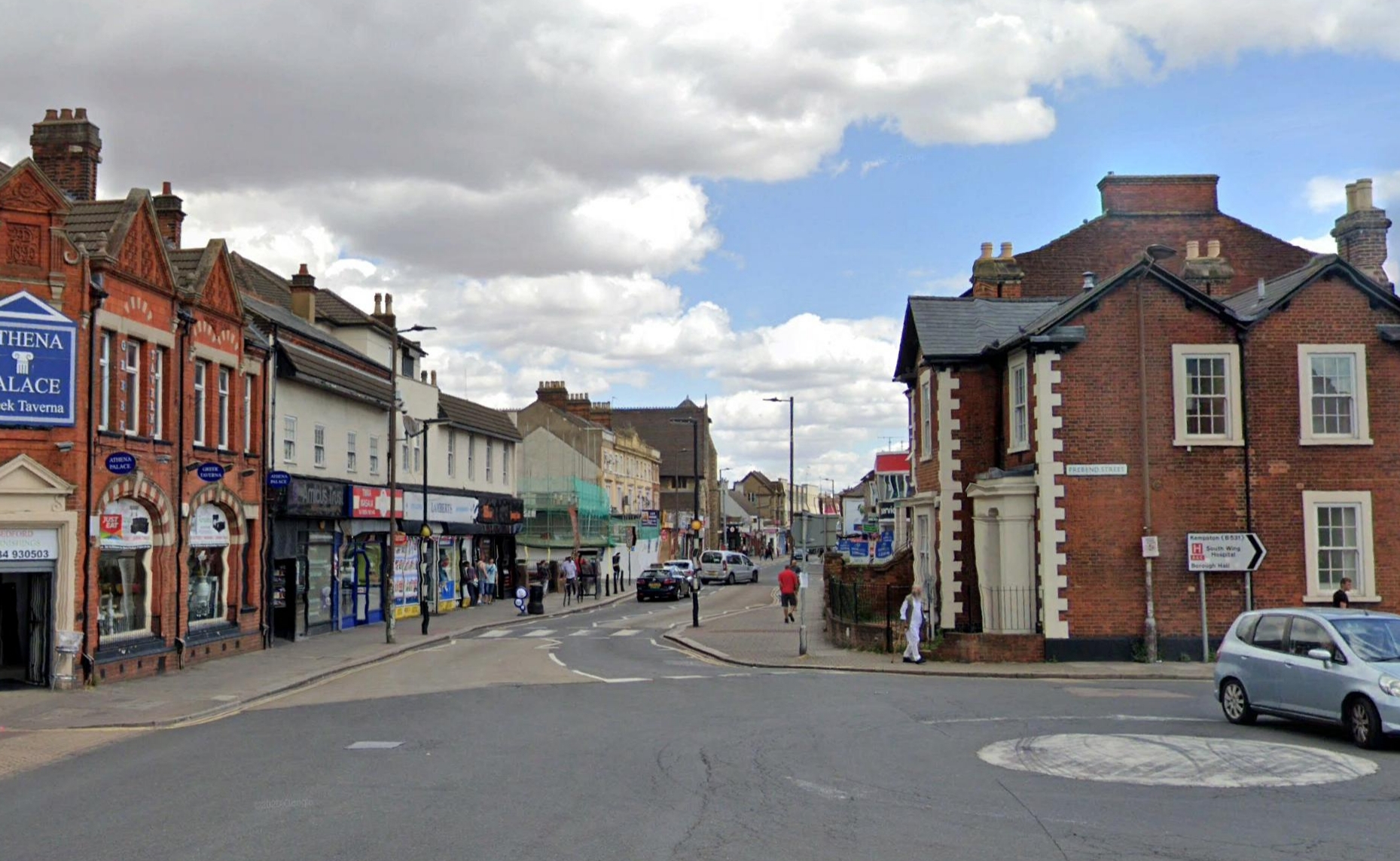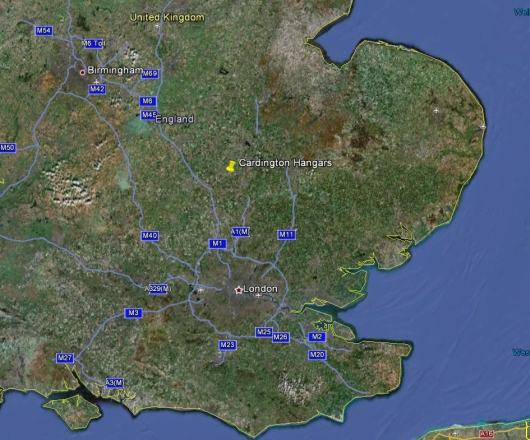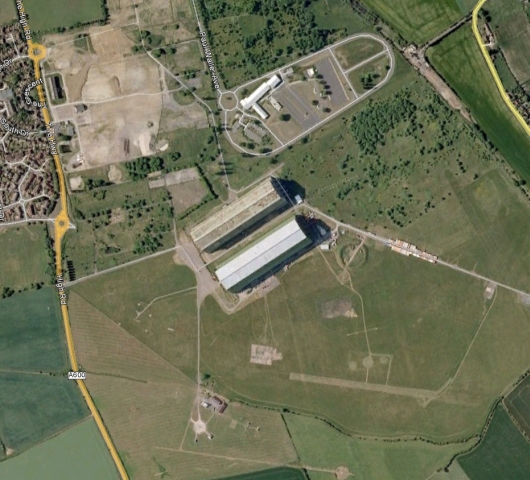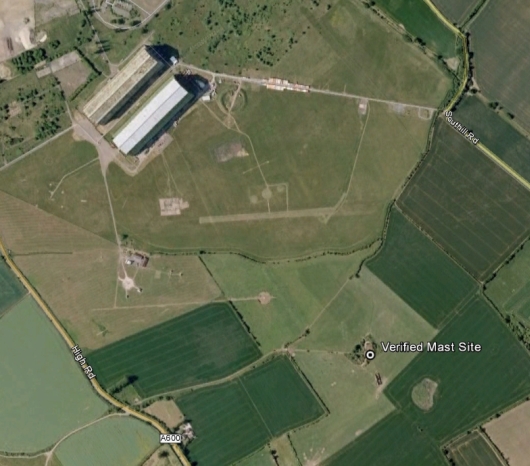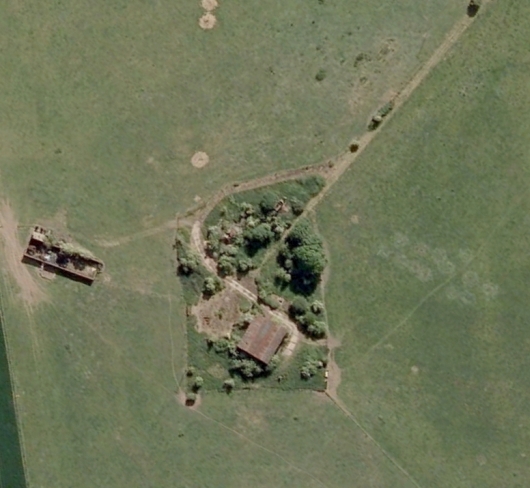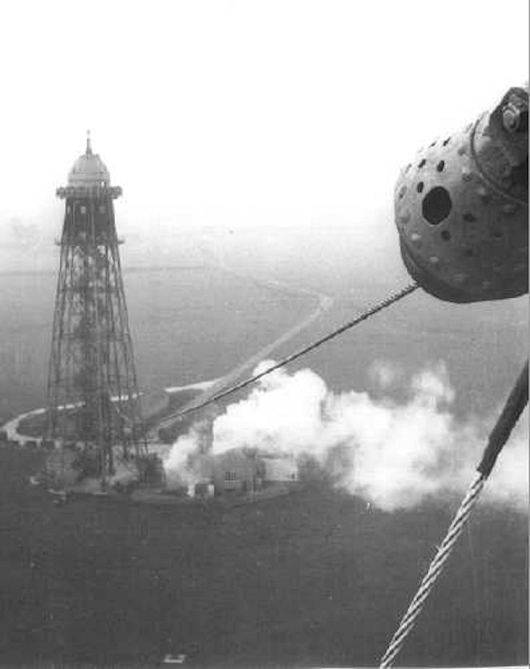The R-101 was one of two British rigid airships completed in 1929 as part of a British government program to develop civil airships capable of servicing long-distance routes. The R-101 was designed and built by a team appointed by the Air Ministry while the second airship, the R-100 was designed and built by private company under government contract. When completed, the R-101 was the world's largest airship, at 777 feet long, and it was not surpassed until the Hindenburg flew five years later.
Construction
Though the actual construction of the R-101 began in 1927, inflation of the gasbags in July, 1929, proved the ship was heavy and after extensive study and trial flights it was decided to lengthen the R-101, and add another gas ballonet. The R-101 did not come out of the hangar, fully ready for flight until 1 Oct, 1929.
(See https://www.bedford.gov.uk/leisure_and_culture/local_history_and_heritage/airship_r100_and_r101.aspx).
Operations
After a short period of trial flights, and under pressure to "show herself" the R-101 was walked out from her shed on 12 October 1929 and two days later made a 5 hr 40 min journey to London and back. A second flight was permitted on 18 October. On 1 Nov, 1929, the R-101 flew over East Anglia, including Norwich and the Boulton and Paul works. This was followed by a flight to the Isle of Wight. The seventh, and final test flight was an endurance trial of nearly 31 hours, over England, Scotland and Ireland.
After modifications to correct problems discovered during the trial flights, and renewal of her airworthiness certificate, the R-101 was rushed into preparation for a flight to India in October, 1930.
Crash
R101 departed from Cardington on the evening of 4 October for its intended destination of Karachi (then part of British India) with a refueling stop at Ismaïlia, Egypt under the command of Flight Lieutenant Carmichael Irwin.
The weather forecast on the morning of 4 October was generally favorable, although a mid-day forecast indicated some deterioration it was not considered serious enough to cancel flight. A course was planned which would take R101 over London, Paris and Toulouse, crossing the French coast near Narbonne.
Unfortunately the R-101 hit substantial bad weather and rain upon arriving at the coast of France, took on a lot of water and was "flying heavy". At about 2:00 in the morning on 5 Oct, the R-101 went into a dive but recovered, probably losing around 450-500 ft altitude. This first dive was steep enough declare an emergency. As the emergency orders were given the airship went into a second dive. The ship was ordered to reduce speed to "slow", which required the engineers in the engine cars to reduce engine speed to 450 rpm. The R-101 hit the ground before the engineers could respond to the "slow" order.
Crash Site
Sadly, the R-101 crashed near Beauvais France, on 5 Oct, 1930 - less than one year after her debut. The story is fascinating, and is amply covered by the web, and in books and you are encouraged to read her story. For those of us today, who never got to see her, part of our interest is in "where did she crash?" The link here takes you to the next page of this R-101 summary - the crash site and memorials.
Bedford
On 14 Oct 1929, the R-101 made its maiden flight of come 5 hours and 40 minutes. This next photo is widely published as the R-101 on that maiden flight as it passed Bedford, UK:
Photo credit: Public Domain
This site is spectacularly still there and is easy to find. It's at 131 Midland Road, Bedford, UK:
Photo credit: Google Earth
The location of this site is at (Lat-Lon) 52.135233 -000.475436 and is seen here in Google Maps:
Cardington
Referring to the undated photo above, we have the R-101 moored at Cardington, England. The Cardington hangars are located here:
Photo credit: Google Earth
While zooming in on the Google-Earth map-tack at (Lat Lon) 52.107984 -000.424402, (Click here to View in Google Maps), we find the Cardington Hangars are still there:
Photo credit: Google Earth
Through a little more study of the photo above of the R-101 at the mast, (a little "digital forensics"), I concluded hangar was at least 3.4 times farther away from the photographer than the R-101 in the photo, (I knew the length of the R-101, and the length of the hangar). So the original site of the mast had to be some distance southeast of the Hangar(s). Sure enough, the winch buildings still exist:
Photo credit: Google Earth
The location of the mast site is (Lat Lon) 52.102504 -00.412660. (Click here to View in Google Maps)
Compare this close-up in Google Earth, with North rotated to the SE, with the photo following it from http://www.raidxtreme.eu/webpics/cardington4.jpg :
Photo credit: Google Earth
Photo credit: http://www.raidxtreme.eu/webpics/cardington4.jpg
Click on the link under "crash site and memorials" link above for some really fascinating locations of the R-101 crash sites and memorials.
Here is a nice 10 min video compilation of photos and video clips of the R-101 from the Aviation Bomberguy YouTube page. The original video is at: https://www.youtube.com/watch?v=gdPrUBkMgdE but try as I might to insert it here as an "embeded" video, Youtube kept reporting the video as "not available" so I posted it directly here. (Note: Though the video box below may appear blank, put your cursor in the video box and you can click on it to start playing.)
Video credit: Bomberguy, https://www.youtube.com/watch?v=gdPrUBkMgdE


